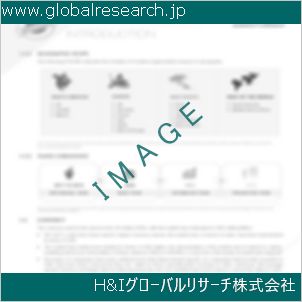1 Preface
2 Scope and Methodology
2.1 Objectives of the Study
2.2 Stakeholders
2.3 Data Sources
2.3.1 Primary Sources
2.3.2 Secondary Sources
2.4 Market Estimation
2.4.1 Bottom-Up Approach
2.4.2 Top-Down Approach
2.5 Forecasting Methodology
3 Executive Summary
4 Introduction
4.1 Overview
4.2 Physical and Chemical Properties
4.3 Key Industry Trends
5 Global Polyisoprene Market
5.1 Market Overview
5.2 Market Performance
5.2.1 Volume Trends
5.2.2 Value Trends
5.3 Impact of COVID-19
5.4 Market Breakup by Region
5.5 Market Breakup by Type
5.6 Market Breakup by Application
5.6.1 Tires and Related Products
5.6.1.1 Market Trends
5.6.1.2 Market Forecast
5.6.2 Latex Products
5.6.2.1 Market Trends
5.6.2.2 Market Forecast
5.6.3 Footwear
5.6.3.1 Market Trends
5.6.3.2 Market Forecast
5.6.4 Non-Automotive Engineering
5.6.4.1 Market Trends
5.6.4.2 Market Forecast
5.6.5 Belting and Hose
5.6.5.1 Market Trends
5.6.5.2 Market Forecast
5.6.6 Others
5.6.6.1 Market Trends
5.6.6.2 Market Forecast
5.7 Market Forecast
6 Global Natural Polyisoprene Market
6.1 Market Performance
6.1.1 Volume Trends
6.1.2 Value Trends
6.2 Price Trends
6.3 Market Breakup by Region
6.3.1 China
6.3.2 India
6.3.3 United States
6.3.4 Japan
6.3.5 Thailand
6.3.6 Others
6.4 Market Breakup by Key Players
6.5 Imports and Exports
6.6 Market Forecast
7 Global Synthetic Polyisoprene Market
7.1 Market Performance
7.1.1 Volume Trends
7.1.2 Value Trends
7.2 Price Trends
7.3 Market Breakup by Region
7.3.1 Russia
7.3.2 United States
7.3.3 Japan
7.3.4 China
7.3.5 Western Europe
7.3.6 Others
7.4 Market Breakup by Key Players
7.5 Imports and Exports
7.6 Market Forecast
8 Global Polyisoprene Industry Analysis
8.1 SWOT Analysis
8.1.1 Overview
8.1.2 Strengths
8.1.3 Weaknesses
8.1.4 Opportunities
8.1.5 Threats
8.2 Value Chain Analysis
8.2.1 Raw Material Procurement
8.2.2 Manufacturing
8.2.3 Distribution
8.2.4 Export
8.2.5 End-Use
8.3 Product Pricing and Margin Analysis
8.4 Porter’s Five Forces Analysis
8.4.1 Overview
8.4.2 Bargaining Power of Buyers
8.4.3 Bargaining Power of Suppliers
8.4.4 Degree of Competition
8.4.5 Threat of New Entrants
8.4.6 Threat of Substitutes
9 Competitive Landscape
10 Polyisoprene Manufacturing Process
10.1 Product Overview
10.2 Chemical Reactions Involved
10.3 Detailed Process Flow
10.4 Raw Material Requirements
10.5 Mass Balance and Feedstock Conversion Rates
10.6 Key Success and Risk Factors
11 Polyisoprene: Feedstock Analysis
11.1 Isoprene
11.1.1 Market Performance
11.1.1.1 Volume Trends
11.1.1.2 Value Trends
11.1.2 Price Trends
11.1.3 Market Breakup by Region
11.1.4 Market Breakup by Application
11.1.5 Key Manufacturers
❖ 免責事項 ❖
http://www.globalresearch.jp/disclaimer












